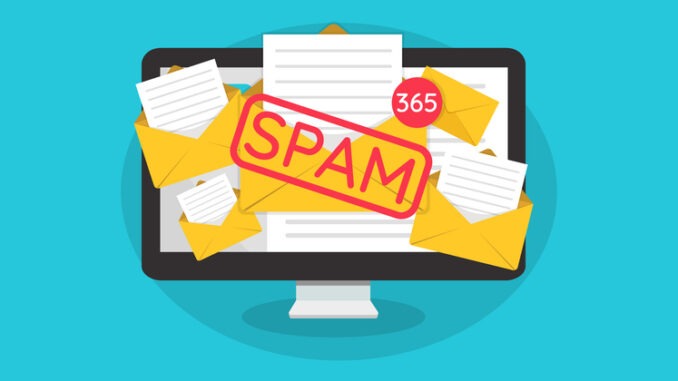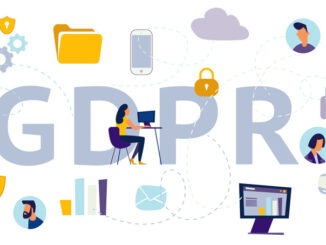
When people start viewing your messages as spam, it can seriously damage your organisation’s reputation. Intrusive communications risk losing trust and alienating your audience. Here’s how to keep your messages positive and well-received
CREDIT: This is an edited version of an article that originally appeared on SME Today
The information age has enabled instant, low-cost communication via email, social media and SMS. However, this ease of access also raises the risk of misuse. To avoid shifting from helpful to intrusive, organisations must ensure their communications remain consistent, accurate and adaptable, thereby fostering and sustaining trust.
Information or Irritation?
Nuisance communications, such as junk mail and spam, illustrate the downside of increased accessibility. With every new communication channel, spammers and scammers quickly follow, leading to an ever-growing number of complaints.
When organisations are perceived as pestering their audience, the damage to their reputation can be severe. Over time, this negative perception can erode loyalty and harm relationships, making it crucial for organisations to balance effective communication with respect for audience preferences.
Even if an organisation itself isn’t directly causing nuisance communications, it can still suffer from negative associations. Recipients inundated with junk and spam from various sources often don’t differentiate between the culprits; instead, they become broadly wary of all communications.
Trust and Consistency
No matter the message or channel an organisation uses, it should always be consistent in language, branding, and content. Familiarity with an organisation’s identity helps prevent its communications from being mistaken for spam or malicious attempts. As organisations expand to new channels to meet their customers, it’s crucial to ensure they can adopt these channels while maintaining consistency and accuracy from the outset.
Data Accuracy
Using incorrect names, sending messages to the wrong recipients, or mishandling sensitive information can quickly erode trust. Ensuring data accuracy by reviewing and cleaning it to eliminate duplicates not only helps prevent repeated contact with customers but also reduces the risk of violating GDPR and other privacy regulations.
The key to building trust and avoiding nuisance communications is to ensure that all messaging is timely, relevant and aligned with audience preferences. Regularly updating these preferences allows organisations to remain in tune with what their audience values and expects, preventing messages from becoming perceived as spam. By focusing on accuracy, consistency and respectful communication, organisations can strengthen relationships, enhance their reputation, and engage effectively with their audience.


Be the first to comment